12 Ways to Create a Sustainable Garden in an Apartment
Creating a sustainable garden in an apartment can seem challenging, but it is completely achievable with the right approach. Start by considering what your space has to offer, and get creative with how you use it. From small windowsills to balcony spaces, there are plenty of ways to grow plants in an eco-friendly way. By selecting the right plants and materials, you can make your apartment garden thrive without harming the environment. With a little planning and some effort, you will soon have your own green oasis.
This post may contain affiliate links, which helps keep this content free. Please read our disclosure for more info.
Choose the Right Plants for Your Space
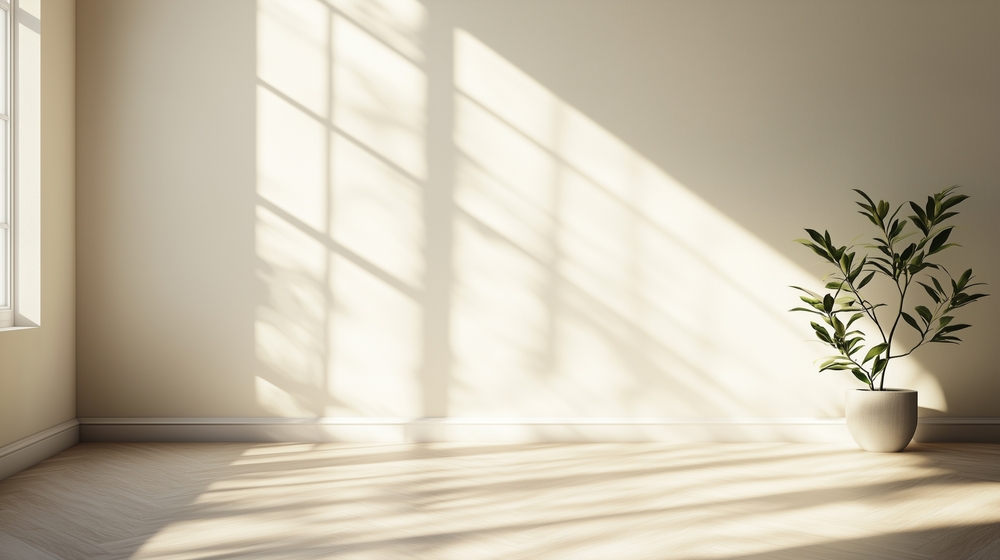
Start by selecting plants that will thrive in your apartment’s conditions. Look for plants that do well in indoor environments, such as herbs or succulents. Choose plants that require minimal care and can adjust to varying light levels. Consider factors like how much sunlight your apartment gets and the space available for your garden.
The right plant selection makes a big difference in how sustainable your indoor garden can be. Focus on plants that are well-suited for apartment living and do not require excessive water or space. Growing these plants reduces your overall environmental impact. It also makes gardening more enjoyable and less stressful.
Use Sustainable Containers
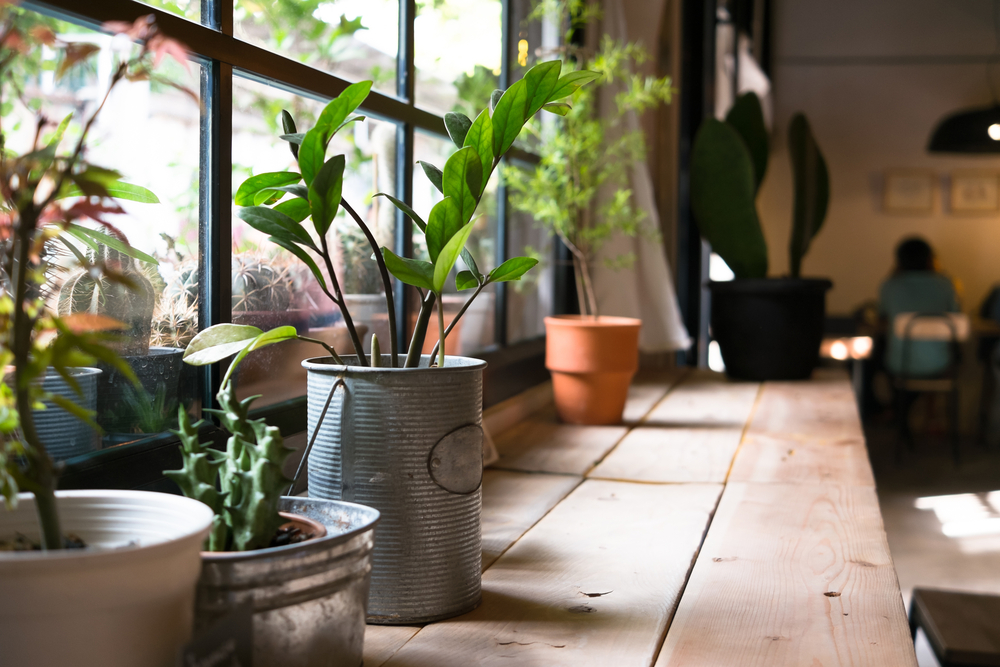
Opt for eco-friendly materials when choosing containers for your plants. Containers made from recycled materials or natural products like bamboo are a great choice. You can also reuse old containers you already have, which helps reduce waste. Ensure the containers have good drainage to keep plants healthy and avoid root rot.
Sustainable containers not only help protect the environment but also encourage better plant growth. Using recycled or biodegradable containers ensures that you are making an eco-friendly choice. By choosing wisely, you can avoid adding to the plastic waste problem. It is a simple step that contributes to a greener lifestyle.
Recycle Water for Your Plants
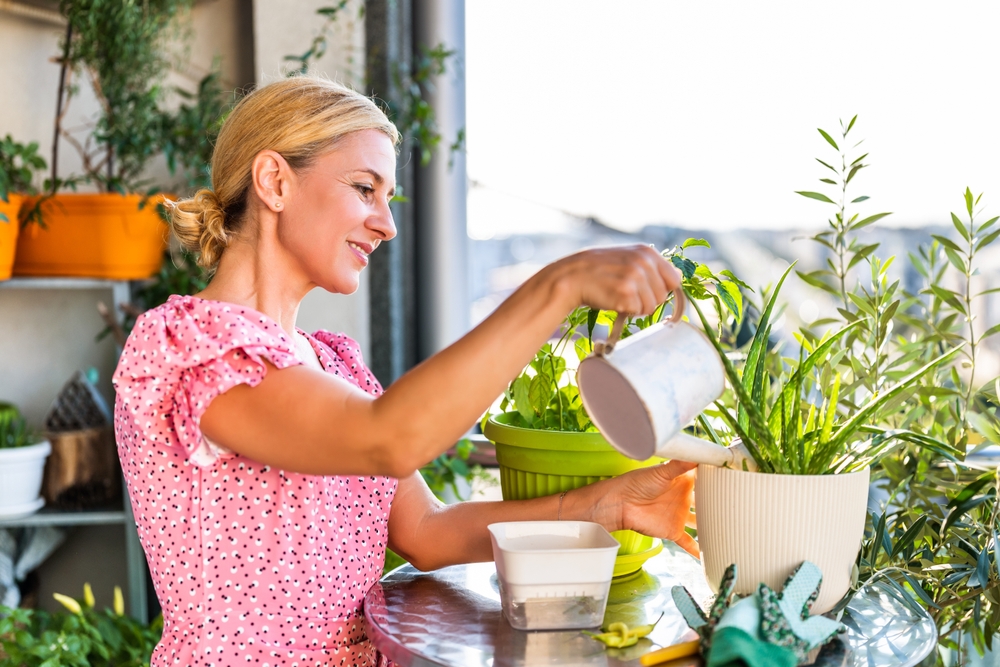
Recycling water can help conserve this precious resource while keeping your plants healthy. Collect water from activities like boiling vegetables or leftover drinking water to water your plants. Rainwater is another great option if you have the means to collect it. Be sure the water is free of any chemicals or salt before using it in your garden.
Reusing water reduces waste and helps your plants thrive without using fresh water every time. Instead of tossing out water from daily activities, use it to nourish your plants. This method is an easy way to conserve water and take better care of your plants. It also adds a sustainable touch to your gardening routine.
Create a DIY Compost Bin
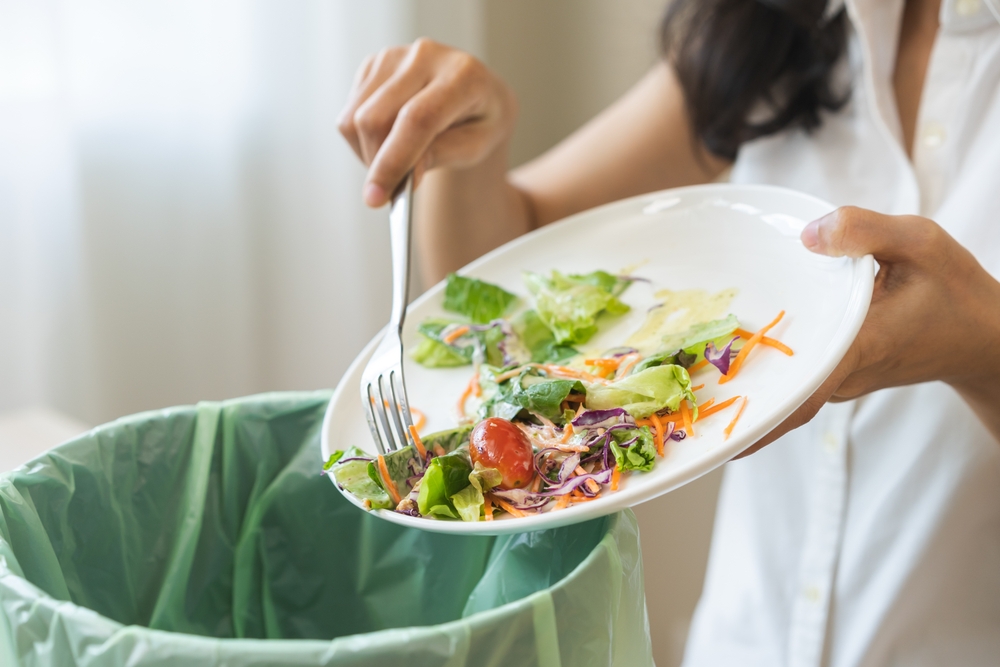
A compost bin is a great way to recycle organic waste right in your apartment. You can use kitchen scraps like fruit peels, vegetable ends, and coffee grounds for your compost. Choose a container with proper ventilation and drainage to help the compost break down. Make sure to turn the compost occasionally to speed up the process.
Creating your own compost bin helps reduce waste while providing nutrient-rich material for your plants. By composting, you are diverting food scraps from landfills and turning them into valuable soil. This makes your apartment garden more sustainable while giving your plants the nutrients they need. Plus, it is a rewarding and simple project.
Use Organic Fertilizers
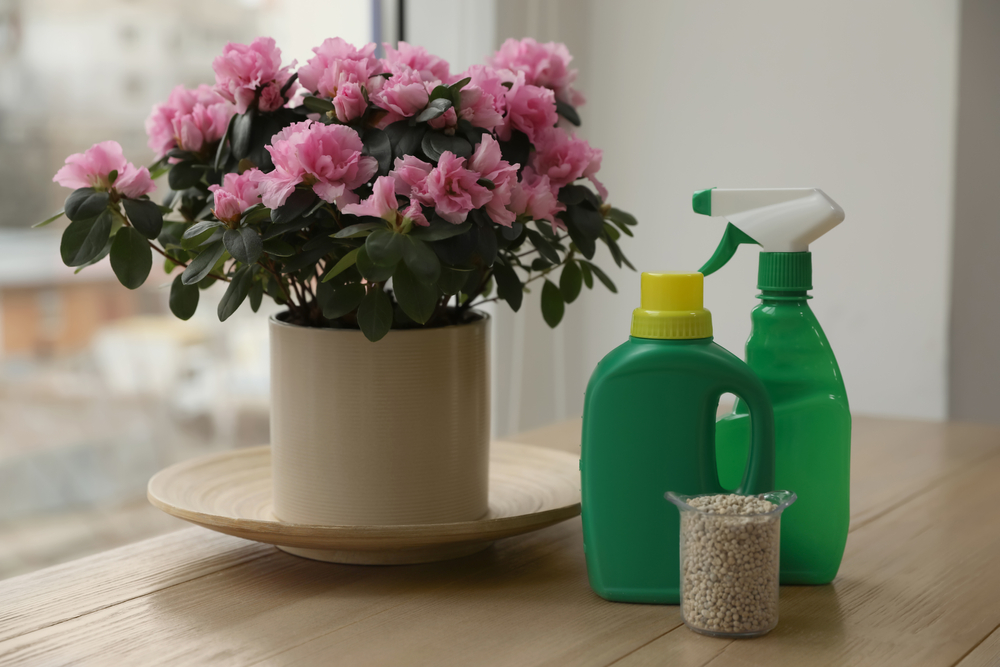
When fertilizing your plants, choose organic options over synthetic ones. Organic fertilizers, such as compost or worm castings, provide a natural boost to your plants. They are better for the environment and promote long-term soil health. Avoid chemical fertilizers that can harm your plants and contaminate the soil.
Using organic fertilizers ensures that your plants are nourished without relying on harmful chemicals. These fertilizers improve the quality of the soil and support healthy plant growth. They also reduce your overall environmental impact by being more sustainable. It is a natural and effective way to keep your plants thriving.
Grow Indoor Edibles
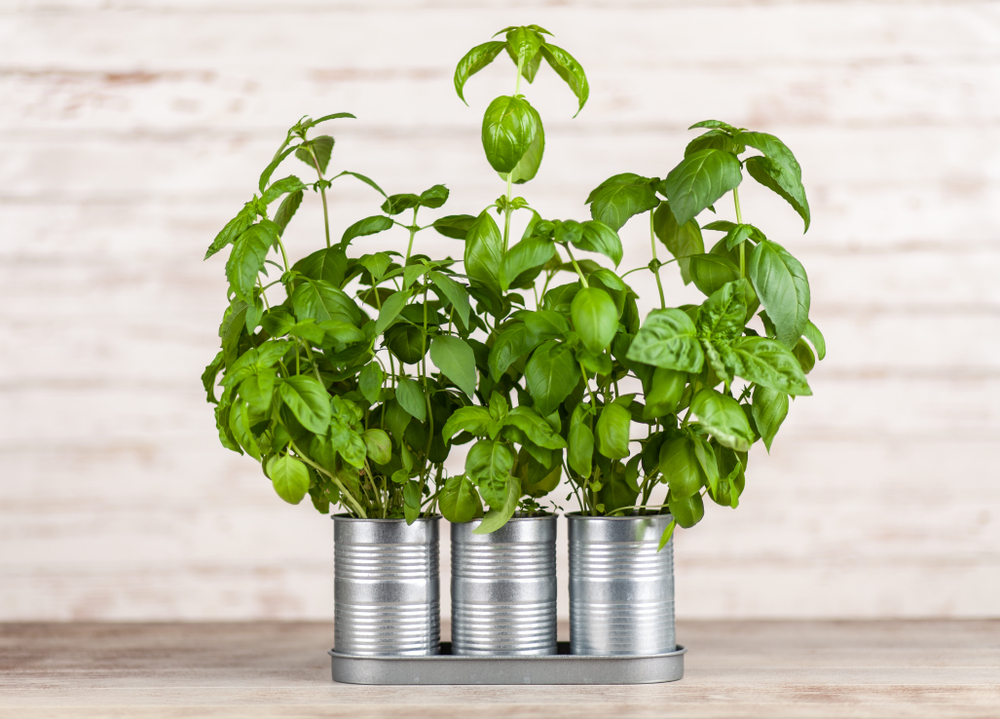
Growing your own food indoors is a great way to make your garden more sustainable. Start with easy-to-grow herbs like basil, mint, and parsley, which thrive in small spaces. You can also try growing leafy vegetables like spinach or lettuce that do well indoors. Indoor edibles help reduce the need for store-bought produce and minimize waste.
By growing your own food, you cut down on packaging waste and reduce your carbon footprint. Indoor edibles are perfect for apartment living because they need less space and water than traditional crops. They are also a rewarding way to enjoy fresh, homegrown produce year-round. This type of gardening makes your apartment more self-sufficient and sustainable.
Use Natural Pest Control
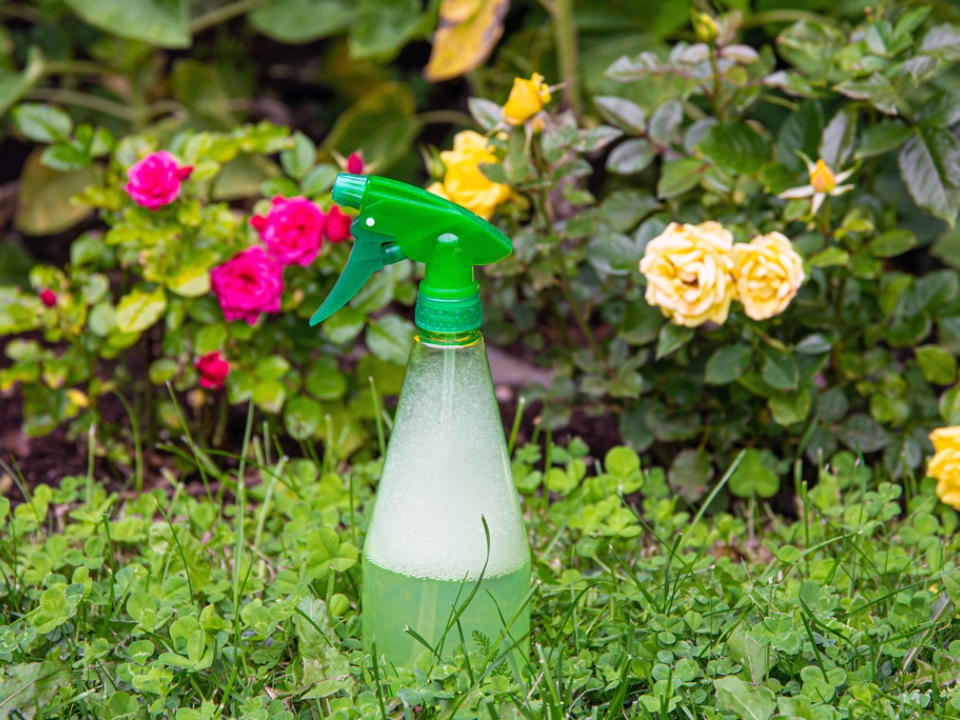
Instead of using harsh chemicals, try natural pest control methods to protect your plants. Neem oil, insecticidal soap, and beneficial insects like ladybugs are all safe alternatives. These methods do not harm your plants or the environment. Regularly check your plants for pests to keep them healthy and free from damage.
Natural pest control is effective and helps keep your indoor garden safe from harmful chemicals. By using eco-friendly methods, you can protect both your plants and the planet. These solutions are safe for indoor use and easy to apply. They ensure your plants grow in a healthy, chemical-free environment.
Install Energy-Efficient Lighting
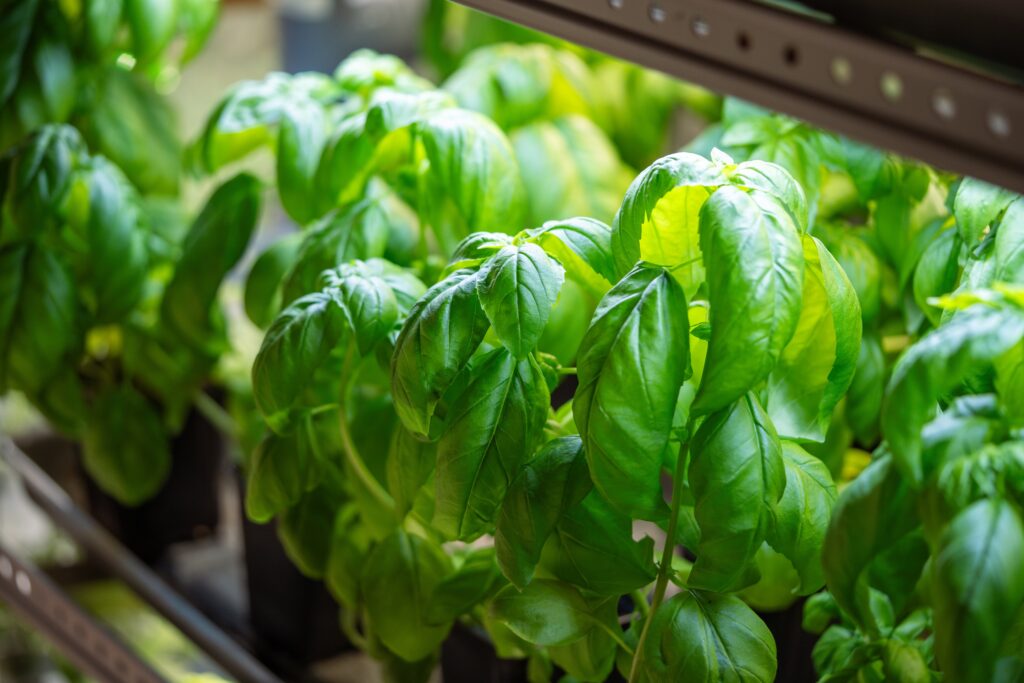
If your apartment lacks natural sunlight, energy-efficient LED grow lights can help your plants thrive. LED lights consume less energy and emit the right spectrum of light for plant growth. Set up grow lights on a timer to mimic the natural day and night cycles. This will ensure that your plants receive the light they need without wasting energy.
LED lights are a sustainable choice because they use less electricity and last longer than traditional bulbs. By using these lights, you can help your plants grow while keeping your energy use low. LED lights are also adjustable, so you can cater to the specific needs of your indoor garden. They are a smart and energy-efficient solution for apartment gardening.
Group Plants by Watering Needs
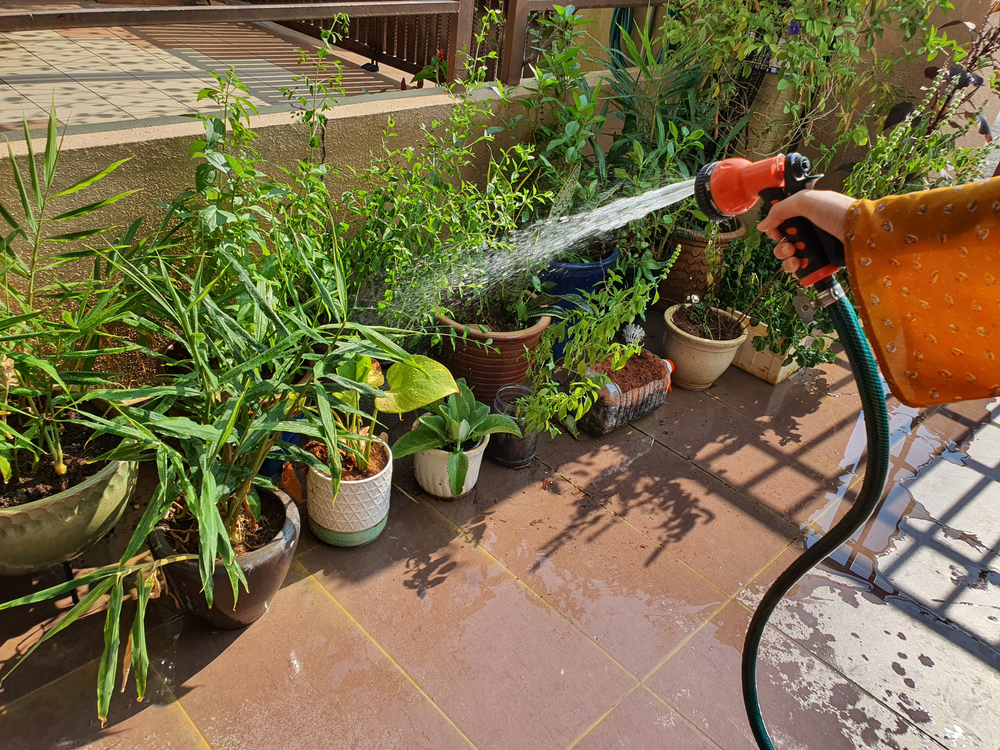
Grouping plants with similar watering needs together helps prevent overwatering or underwatering. For example, place water-loving plants like ferns near a water source, while drought-tolerant plants like succulents can be placed farther away. This helps you monitor your plants more easily and ensures they get the proper care. Grouping plants also makes it easier to manage your indoor garden.
When you group plants by their watering needs, you conserve water and improve plant health. You avoid wasting water on plants that do not need it and keep the ones that need it hydrated. This simple method helps maintain a healthy, efficient indoor garden. It also reduces the risk of plant stress due to improper care.
Reuse Planting Materials
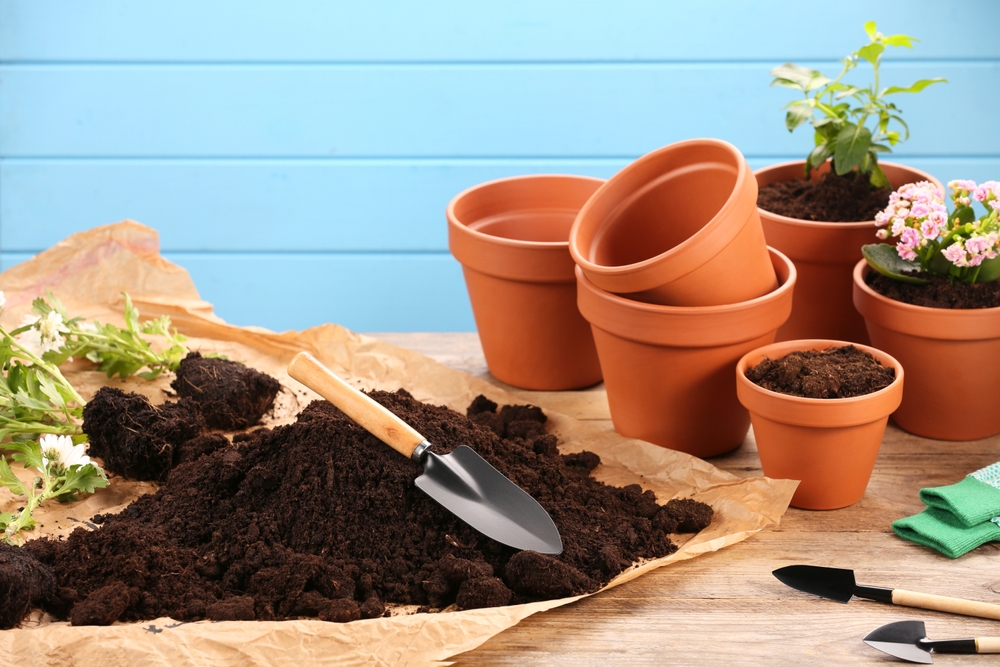
Instead of throwing out old soil or pots, find ways to reuse materials in your indoor garden. Old soil can be refreshed with compost or organic matter to maintain its nutrients. Reusing plant pots or plant ties helps reduce waste and gives new life to materials that might otherwise be discarded. Sterilize items before reuse to avoid spreading diseases.
Reusing materials not only cuts down on waste but also helps your garden remain sustainable. By refreshing old soil and reusing containers, you save money and resources. It is an easy and eco-friendly way to keep your garden supplies fresh. This practice contributes to a zero-waste gardening approach.
Use Vertical Gardening
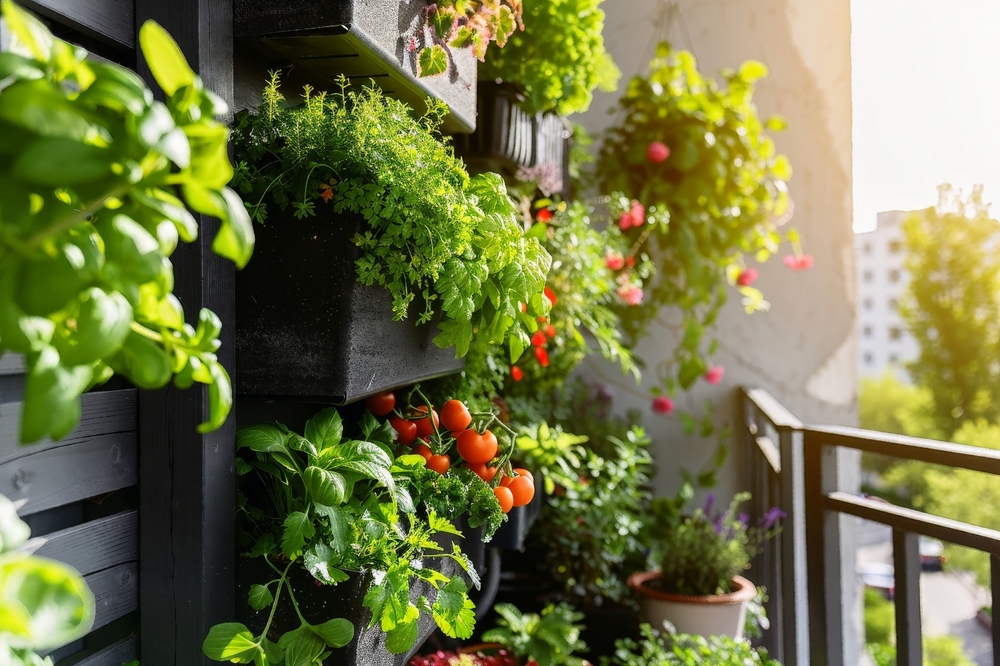
Vertical gardening is a great way to save space in your apartment while growing more plants. Install shelves, hang planters, or use wall-mounted systems to grow plants vertically. This method makes use of unused wall space and keeps your garden organized. You can grow herbs, flowers, or even small vegetables using vertical gardening.
By growing plants vertically, you create a functional and visually appealing garden. Vertical gardening reduces clutter and maximizes your available space. It is perfect for small apartments where floor space is limited. Plus, it adds a unique touch to your home’s decor while providing a green atmosphere.
Choose Low-Water Plants
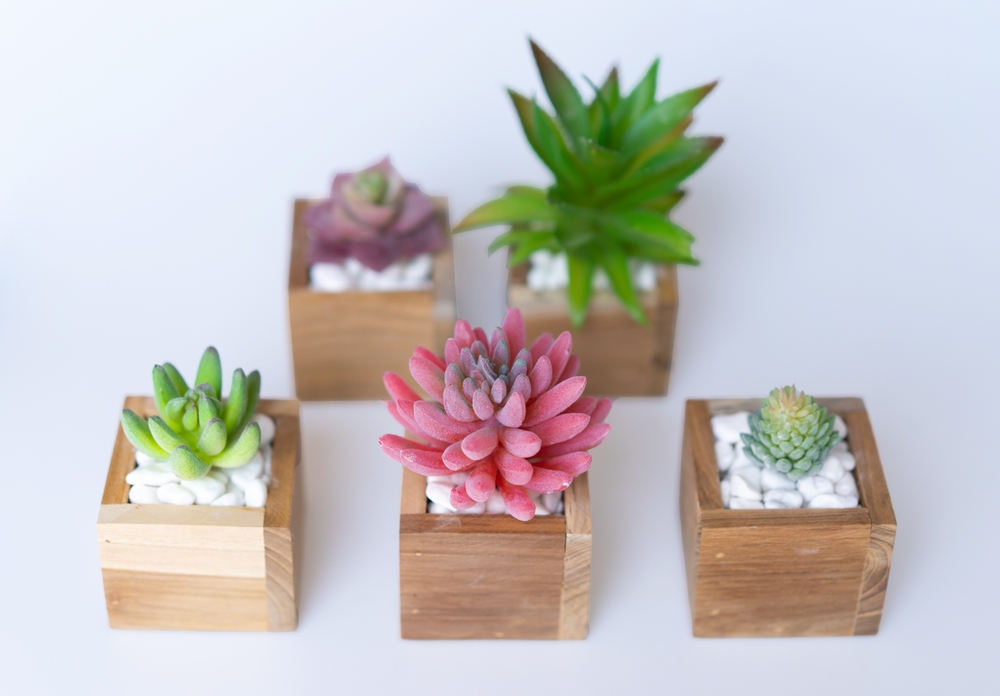
Opt for plants that require less water to make your indoor garden more sustainable. Succulents, cacti, and certain herbs like lavender are perfect for apartment living because they need minimal water. These plants are low-maintenance and thrive on infrequent watering. Be sure to choose the right plants for your apartment’s lighting and humidity levels.
Low-water plants are ideal for conserving water and reducing your environmental footprint. These plants are easy to care for and need very little attention. They also adapt well to various indoor conditions, making them great for apartment life. By selecting these plants, you create a sustainable and low-maintenance garden.
Transforming your apartment into a sustainable garden is a simple and effective way to connect with nature. Every step you take toward sustainability makes a positive impact. With these thoughtful approaches, you can enjoy a thriving garden that is good for both you and the planet.
This article originally appeared on Avocadu.
